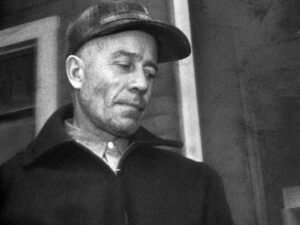As an educator, I often reflect on the ways I can make history come alive for my students. It’s crucial that lessons aren’t just filled with dates and facts but that they create a narrative that resonates with learners. Today, I want to share some innovative lesson plans that engage students across various historical eras. These plans not only enhance understanding but also stimulate critical thinking and connection to the past.
Understanding the Importance of Engaging Lesson Plans
History is a vast tapestry woven with human experiences, cultures, and events. If we don’t present it engagingly, students may view it as irrelevant or boring. I’ve found that when lessons incorporate interactive elements, storytelling, and connections to contemporary issues, students become eager to learn. Engaged students are more likely to remember the lessons and appreciate the complexity of history.
Lesson Plan Ideas for Different Eras
1. Ancient Civilizations: The Trial of Socrates
To dive into the world of Ancient Greece, I like to create a mock trial for Socrates. This lesson allows students to grapple with philosophical questions and the concept of justice.
2. The Middle Ages: Life as a Feudal Peasant
The Middle Ages can feel distant, but I make it relatable by having students role-play as feudal peasants. This immersive activity helps them understand the social hierarchies and daily struggles of that time.
3. The American Revolution: A Revolutionary Debate
To bring the American Revolution to life, I arrange debates between Loyalists and Patriots. This fosters critical thinking and helps students grasp the dynamics of revolutionary sentiments.
4. The Civil Rights Movement: Creating an Action Plan
The Civil Rights Movement offers a plethora of lessons on social justice. I’ve found that having students create their own action plans allows them to connect past struggles with current societal issues.
5. World War II: The Home Front Simulation
World War II is often explored through battles and politics, but the home front is equally important. I create a simulation where students must manage resources and make decisions as citizens during the war.
Conclusion: Making History Relevant
Finding innovative ways to engage students in history isn’t just about teaching facts; it’s about creating connections. By bringing them into historical scenarios, we help them understand the intricacies of human experiences across eras. It’s rewarding to see students light up with curiosity and passion as they grasp the relevance of history in their lives today.
So, whether you’re teaching ancient civilizations or modern history, remember that every lesson is an opportunity to ignite interest in the past. By using creativity and interaction, you can bring history to life—and, in doing so, inspire a new generation of thinkers, dreamers, and doers.




